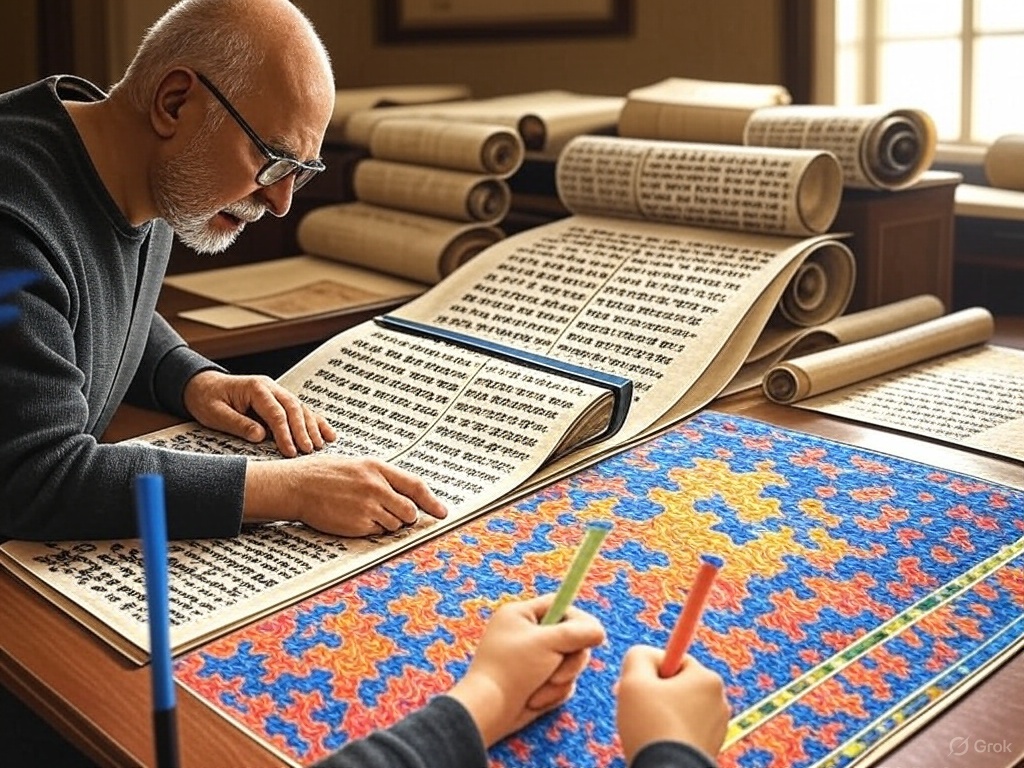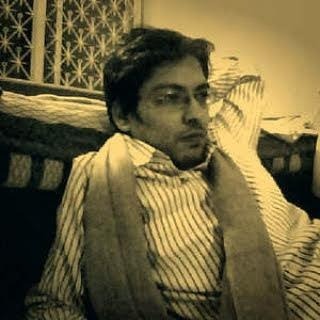For those committed to exploring Bharatiya Itihasa, the works of Vyasa, particularly the Mahabharata and the Puranas, stand as monumental sources of knowledge. These texts, despite the erasure of thousands of years from recorded Bharatiya itihasa, serve as unmatched literary evidence.
However, this is sidelined due to the alleged lack of archaeological evidence, overlooking the nuanced relationship between literature and archaeology in understanding history.
Take for instance, the Aryan invasion theory. We don't find a speck of evidence in the Mahabharata. And yet, the debate goes on indefinitely.
The overemphasis on archaeological evidence as the sole validator of history is problematic. Methods like radiocarbon dating are not infallible, and interpretations of archaeological findings are subject to human bias.
History, especially in the Indian context, should not be confined to what can be unearthed but also what has been preserved through literary and oral traditions.
Bharatiya History is primarily recorded in Samskrutam. Within its womb, there are many original concepts (like the 3 Gunas for example) that are not to be found either in the west or east. This linguistic challenge highlights a broader issue: how can we truly understand and communicate Indian historical narratives without distorting them through a foreign lens?
Frameworks of Interpretation:
For Vedic Itihasa to be true, should it conform to non-vedic framework to gain legitimacy? Once these texts are taken out of their Vedic framework, at that very moment, it will lose legitimacy & implicitly assumes the legitimacy of non-vedic framework. Hence, the Vedic framework can never be replaced by non-vedic framework.
Further, literary evidences like Puranas gain legitimacy under the Vedic framework because of the faith in the words of the Rishis like Vyasa. However, something scribbled on a wall cannot be a substitute nor can it supplement the proper literary evidence.
History can be viewed through various lenses - Vedic or non-Vedic. The Vedic framework, with its concepts of Anadi (beginninglessness), cosmology, and divine vision of Rishis, provides a unique perspective that cannot be adequately captured by modern, euro-centric methodologies. For instance, events in the Mahabharata involving celestial beings or realms like Swarga are integral to understanding the narrative within its intended context.
Applying a non-Vedic framework to Vedic texts like the Mahabharata or Puranas often leads to confusion or misinterpretation. These texts are rooted in a cosmology that includes karma, reincarnation, and divine interventions, elements that defy secular or materialistic interpretations. Thus, to truly appreciate and understand these texts, one must engage with them through the Vedic lens.
Under Vedic framework, it makes perfect sense because the explanations to these concepts are neither flawed nor far-fetched. It simply adheres to a framework.
The Role of Oral Tradition:
Oral traditions complement literary sources, enriching the historical narrative with cultural continuity. The Ramayana, for example, is not just a text but a living history passed down through generations, influencing collective memory and identity. This dual transmission of history through literature and oral tradition underscores the depth of cultural heritage.
Vyasa's Legacy
Vyasa's role in Bharatiya itihasa is akin to a beacon, guiding us through the intellectual darkness of modern times. His works are not just historical or dharmic texts but ought to be seen as 'Santana' (संतान) - a progeny who continues to enlighten and guide the Bharata-s.
Essentially, the knowledge of the past is a privilege because no one wants to know what the ancients had for their breakfast on some random day. The knowledge of the past is the knowledge of the creation, its mysteries, its cause. From the time of creation till now, what is the course taken by humanity, where are we headed toward...
Vedic framework yields the best result for even post Mahabharata history, primarily because the Puranas and the Puranic tradition act as the anchor, or as the Himavat that we can use as a pointer.
Reviving Bharatiya itihasa requires us to respect and understand its inherent frameworks. It calls for a balanced approach where archaeological evidence complements rather than supplants literary and oral traditions. By appreciating history through its own cultural lens, we not only preserve our past but also illuminate our path forward, ensuring that the wisdom of Vyasa continues to resonate in our quest for knowledge about our collective journey from creation to the present.
What are your thoughts? Do let us know.




